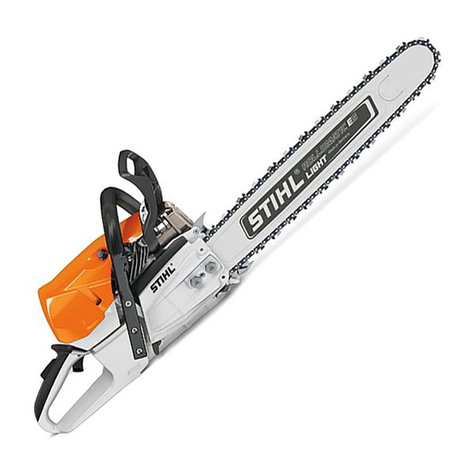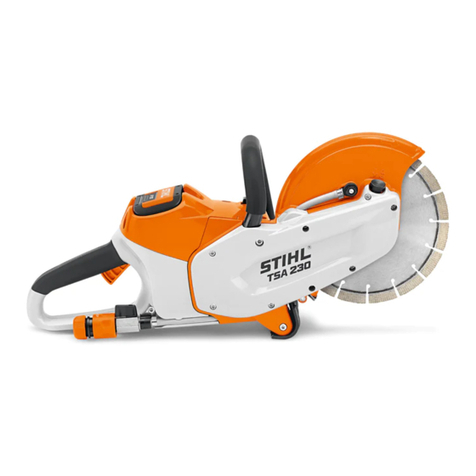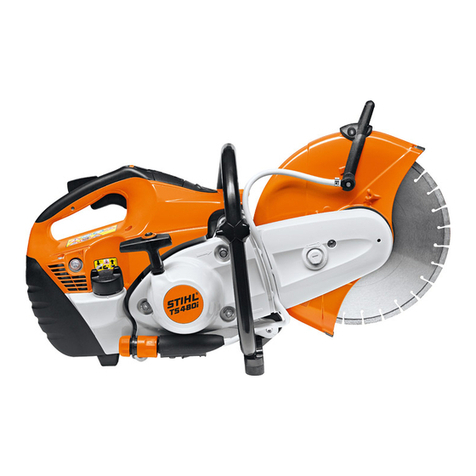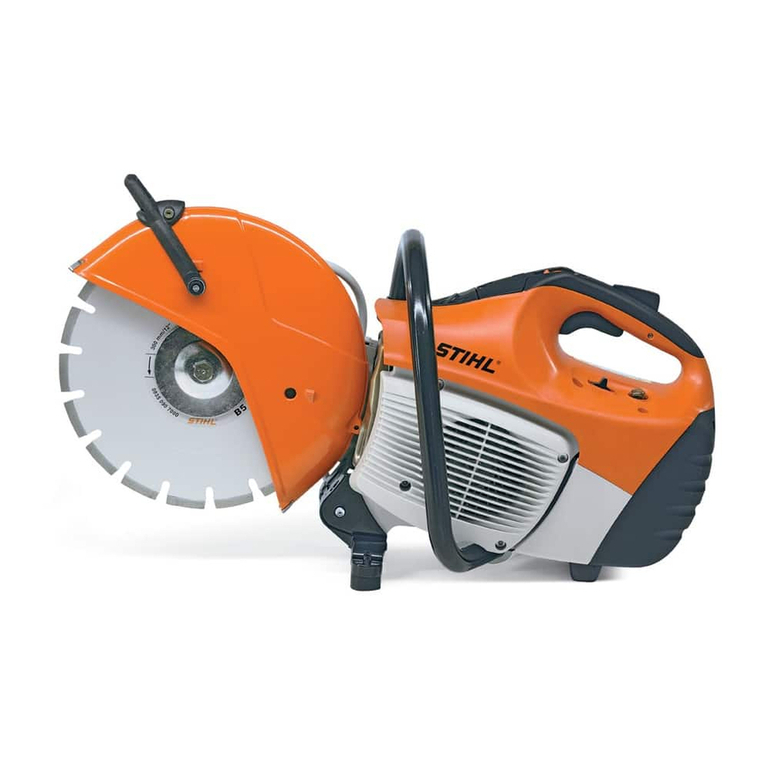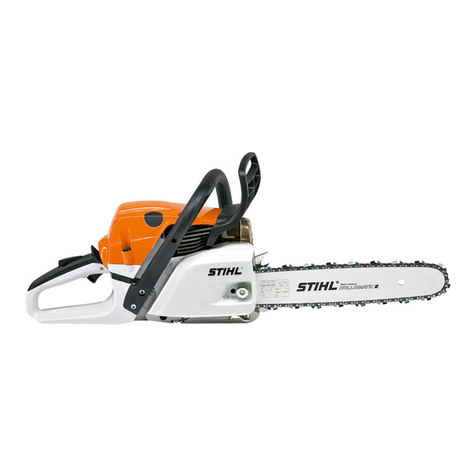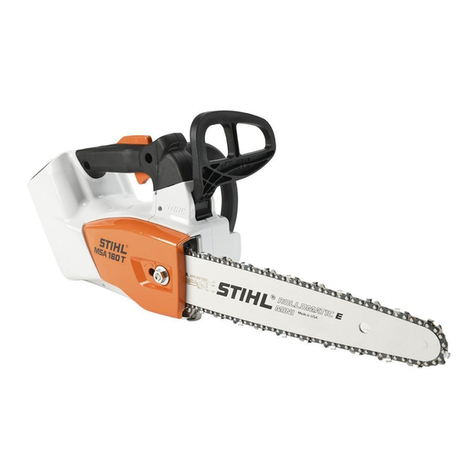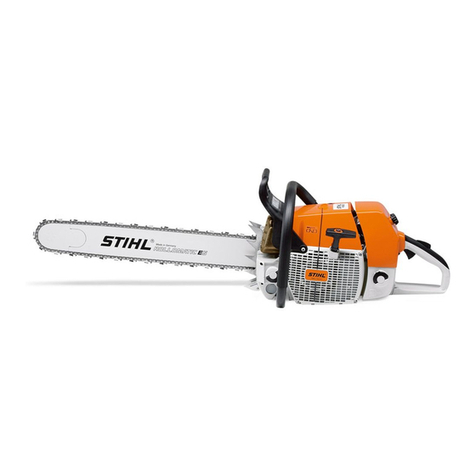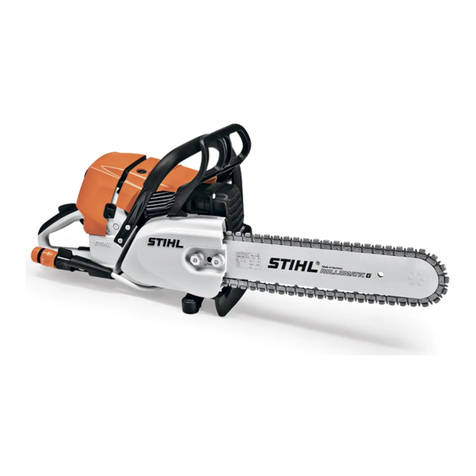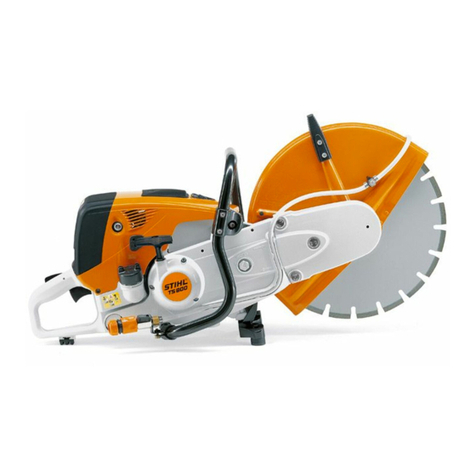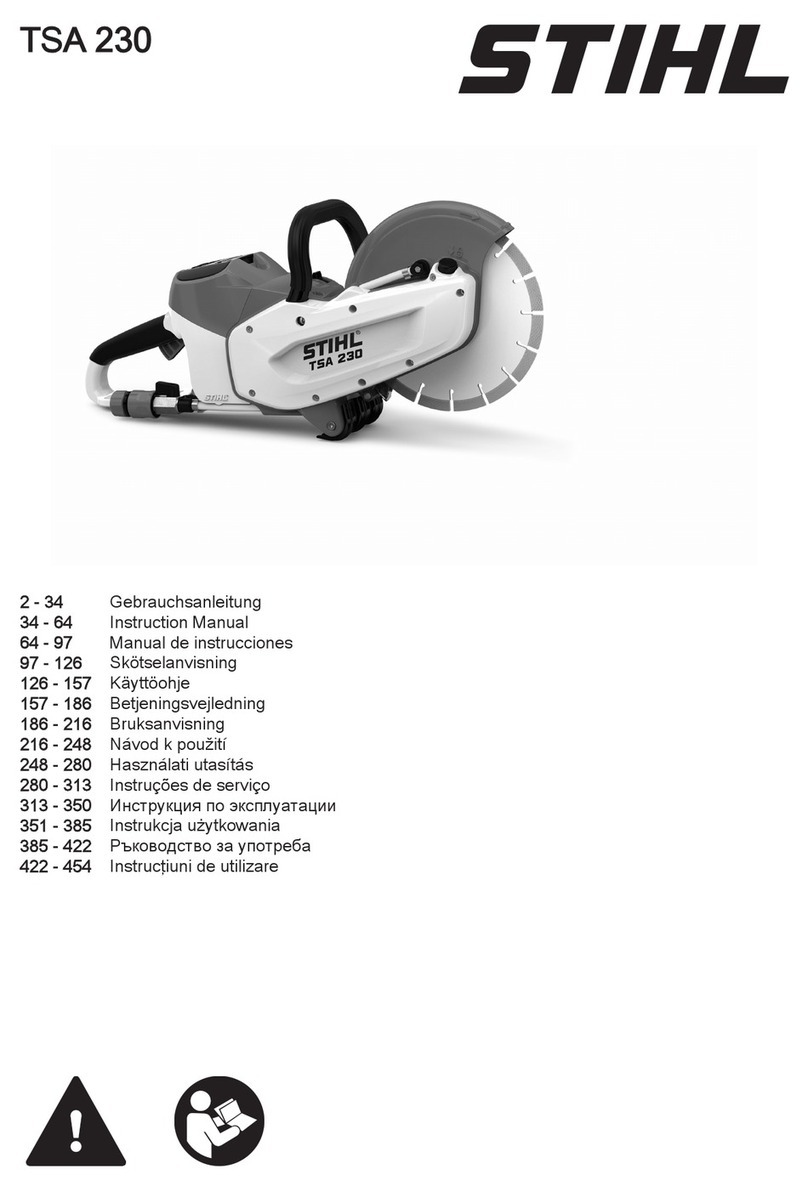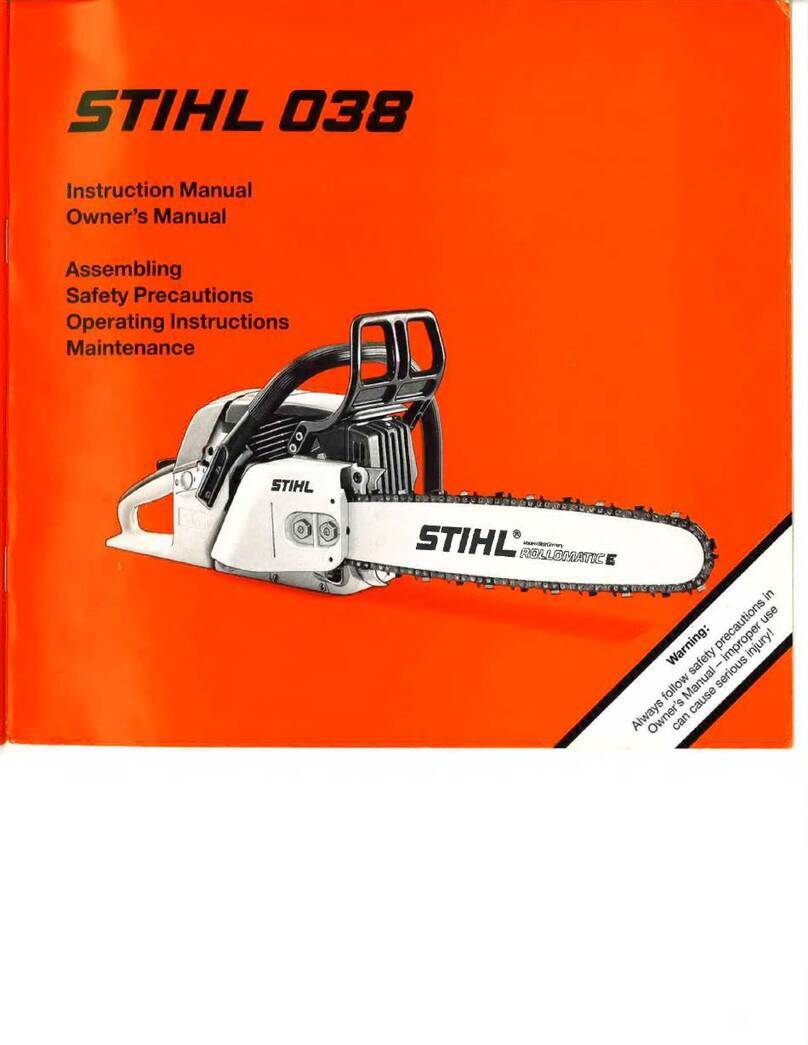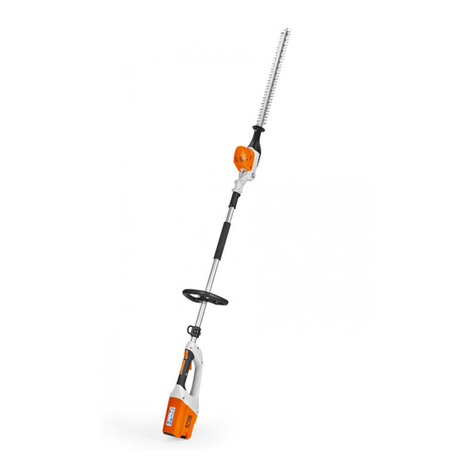
MSA 160 C, MSA 200 C
English
7
Do not place the battery on or near fires,
stoves or in other high-temperature
locations. Do not place the battery in
direct sunlight or store it inside a vehicle
in hot weather. Doing so may cause the
battery to generate heat, rupture or
ignite. Using the batteries in this manner
may also result in a loss of performance
and a shortened battery life.
In case of fire: stay clear of any vapors
or gases generated, taking wind
direction into account. If possible without
danger, remove battery from the vicinity
of the fire. In principle, cooling the
battery or extinguishing the fire with
water is possible. It is preferable to
extinguish the fire with a multipurpose
dry chemical fire extinguisher. As for any
fire, evacuate the area and fight the fire
from a safe distance. Once the fire has
been extinguished, the area should be
monitored (fire watch) in case of a flare-
up, until the battery has cooled
sufficiently. Restrict access to the area
until completion of clean-up. Do not
touch the burnt battery or any spilled
liquids. Use inert absorbent to absorb
spilled liquids.
WARNING
Use STIHL batteries only with STIHL
power tools, and charge them only with
STIHL chargers. Replace battery with
STIHL battery only. Use only genuine
STIHL rechargeable batteries.
Charge the battery before use.
WARNING
Do not open, drop, hit or damage
battery. Never insert objects into the
battery's cooling slots, since they may
damage the battery. The battery
contains safety features and devices
which, if damaged, may cause the
battery to generate heat, rupture or
ignite. Never use or charge a defective,
damaged, cracked or deformed battery.
Immediately discontinue use of the
battery if, while using, charging or
storing, it emits an unusual smell, feels
hot or appears abnormal in any other
way.
WARNING
Fluid may leak from the battery if it is
damaged or is not used properly – avoid
contact with the skin! Leaking battery
fluid can cause skin irritation and
chemical burns. In the event of
accidental contact, immediately rinse
thoroughly with mild soap and water. If
fluid gets into your eye(s), do not rub
your eye(s) but rinse water over the
open eye(s) for 15 minutes at least. Also
seek medical attention immediately.
WARNING
Never bridge (short circuit) the battery
terminals with metallic objects, since this
may damage the battery and possibly
cause a fire. Keep a battery that is not in
use away from metal objects (e.g. nails,
coins, jewelry). Do not use metal
containers for transporting batteries.
Store the battery out of reach of children
in a cool and dry area away from direct
sunlight and excess heat or cold (14 °F
– 122°F (-10°C – +50°C)).
Charger
Use only original STIHL chargers.
Use only for charging geometrically
matching STIHL batteries with a
maximum capacity of 50 Ah and a
maximum voltage of 42 V.
Never charge defective, leaking or
deformed batteries.
Connect the charger only to a power
supply with the voltage and frequency
specified on the rating plate. Always
plug the charger into a properly installed
wall outlet. Do not use an extension cord
unless absolutely neccessary (see
below).
Never use a charger with damaged
housing, damaged power supply cord or
damaged plug. Do not operate the
charger if it has received a sharp blow,
been dropped or otherwise damaged in
any way.
Do not open or dissassemble charger –
there are no user serviceable parts
inside.
Store charger out of the reach of
children.
Use and store the bat-
tery only within a
temperature range from
14 °F (-10 °C) up to no
more than 122 °F
(+ 50 °C). Protect the bat-
tery from direct sunlight.
Do not immerse the bat-
tery in fluids.
Protect the charger from
rain and dampness. Keep
charger dry.


